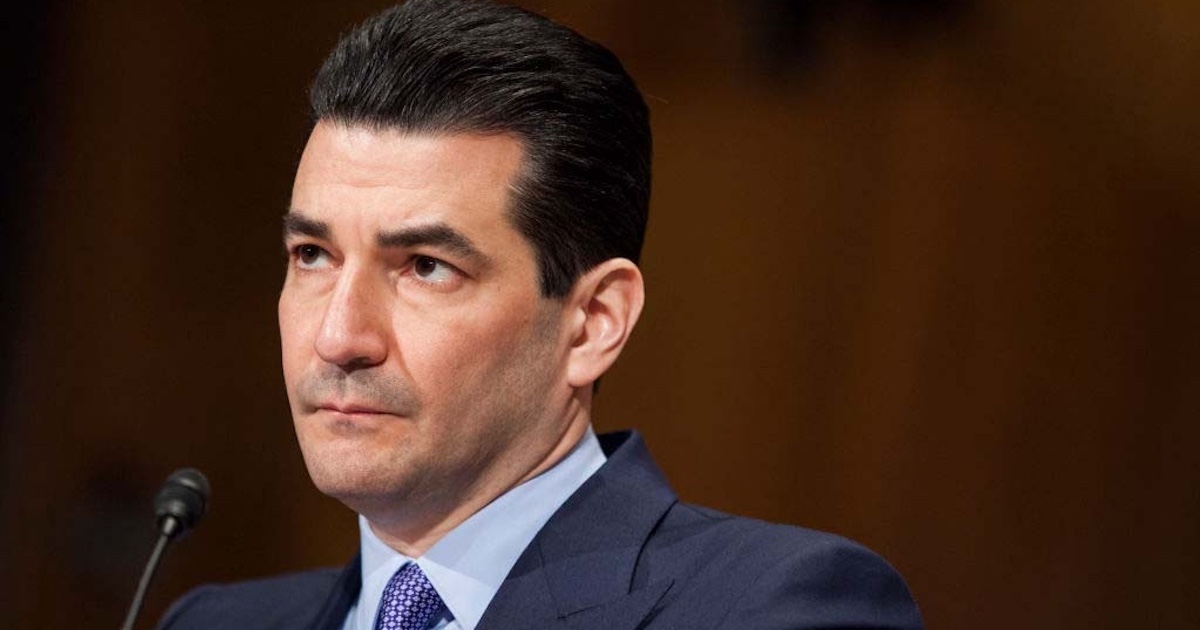Google is joining the ranks of mHealth innovators with the surprise announcement Thursday that it's developing a contact lens that monitors glucose levels for diabetics.
The prototype, being developed at the Google X lab, is at least five years from commercial development and faces several hurdles, including a stringent FDA approval process, but it marks a significant step forward for the Silicon Valley tech giant.
According to a story in the San Jose Mercury News, the project was launched several years ago at the University of Washington under National Science Foundation funding, then was moved to the Google X lab 18 months ago. Other projects in the lab include Google Glass, a driverless car and Project Loon, which would extend the Internet into unwired areas by means of a network of large balloons.
"You can take it to a certain level in an academic setting, but at Google we were given the latitude to invest in this project," one of the lead researchers, Brian Otis, told the Mercury News. "The beautiful thing is we're leveraging all of the innovation in the semiconductor industry that was aimed at making cellphones smaller and more powerful."
[See also: Diabetes apps assuming mHealth bellwether role.]
mHealth holds particular promise in helping the world's growing population – 382 million and counting - of diabetics, who must continually monitor glucose levels in their blood and administer insulin when those levels are too high. The chronic disease accounts for some 11 percent of annual healthcare costs in the United States, with direct medical costs of $176 billion and another $89 billion in reduced productivity.
Google's prototype lens looks like an ordinary contact lens, but is fitted with a miniscule sensor and wireless transmitter that would measure glucose levels in seconds. Other news reports indicate Google is also experimenting with putting LED lights in the lenses that would flash when glucose levels are too high or low – two conditions that, if left unchecked, could lead to coma and death.
The glucose monitoring devices market, expected to top $16 billion by 2017, is filled with mHealth innovators looking to improve the method of testing and reduce the burdensome and painful task of pricking one's finger for blood and administering insulin by needle. Among the more prominent developers in the market are Dexcom, Medtronic, Abbott Laboratories, Glooko, WellDoc, Telcare and Novo Nordisk. Several have been developing monitors that measure glucose in the blood through a patch sensor or tattoo, or wireless sensor placed just under the skin.
Innovation isn't limited to the United States, either. The Netherlands-based NovioSense is working on a glucose-sensing contact lens as well, while Israel's OrSense is working on a sensor in a thumb cuff.
"There are a lot of people who have big promises," Christopher Wilson, CEO of NovioSense, told the Mercury News. "It's just a question of who gets to market with something that really works first."
Some companies have tried to develop a wristband with a sensor, but have been unable to ensure steady and accurate glucose readings through the skin. And as late as 2011, the University of Washington was working with Microsoft to develop a similar glucose-sensing contact lens.
According to the article, Google researchers have to ensure that glucose levels in tears are as accurate as readings taken from blood. In addition, they'll have to ensure that the readings are accurate when they eye is stressed, such as during windy days or when a person gets emotional.
"This has the potential to be a real game changer," John Buse, a University of North Carolina diabetes researcher, told the Times, "but the devil is in the details."
Google is looking for partners with experience bringing similar products to market, the Mercury News reported.
Related:


